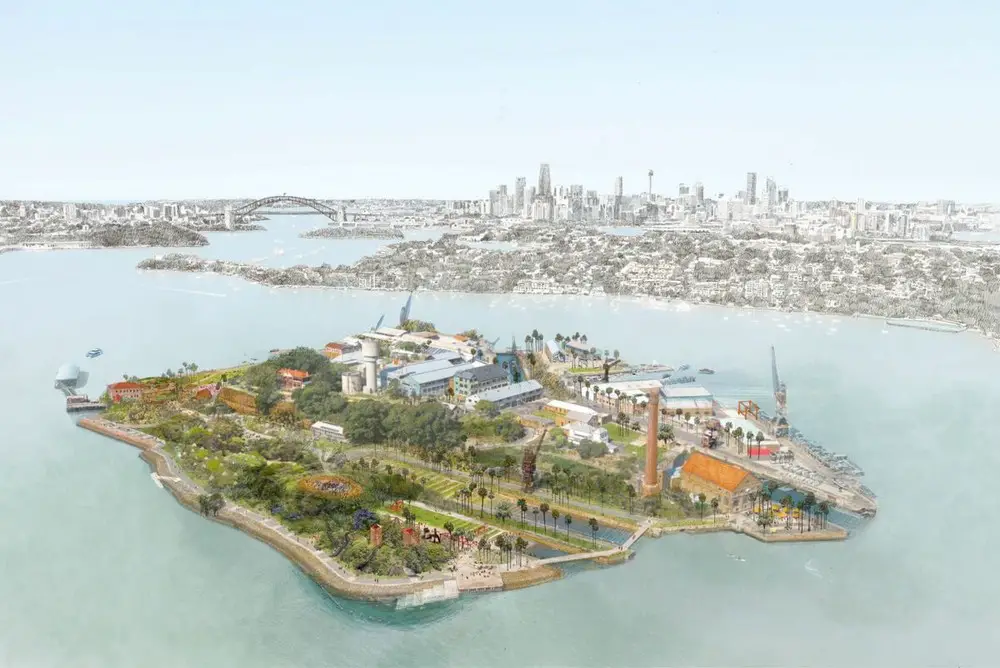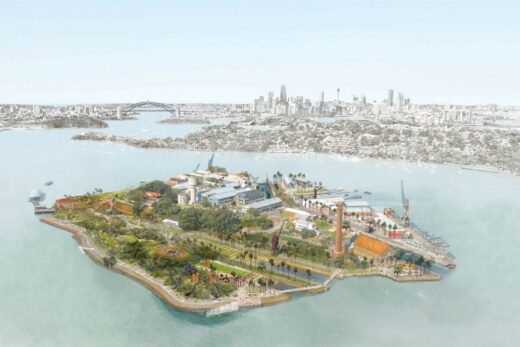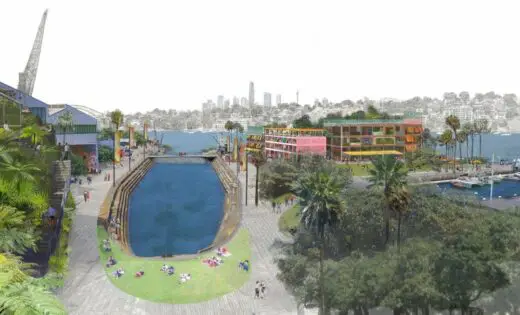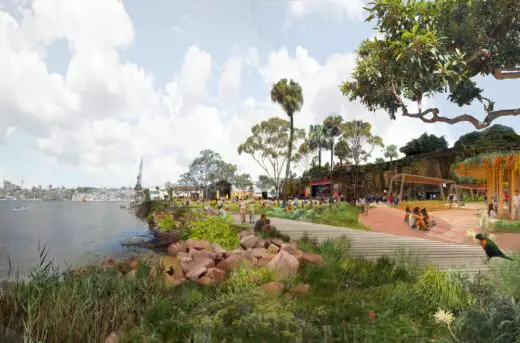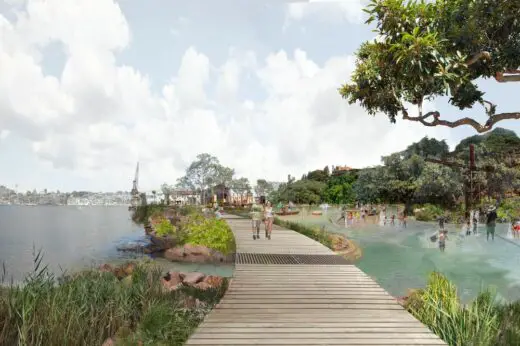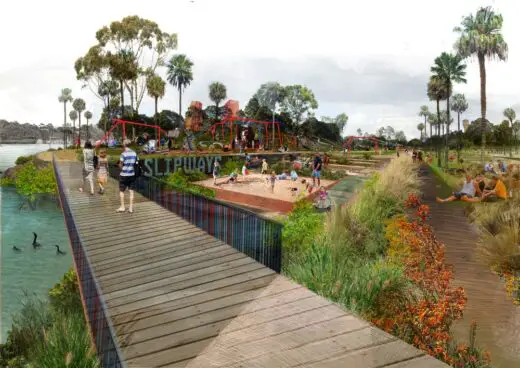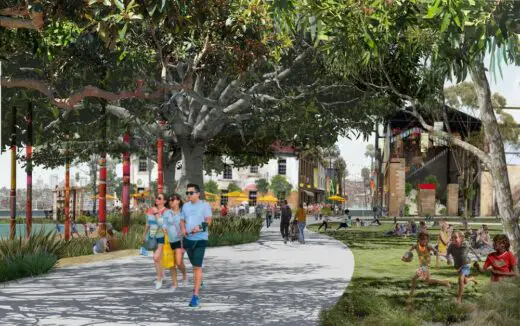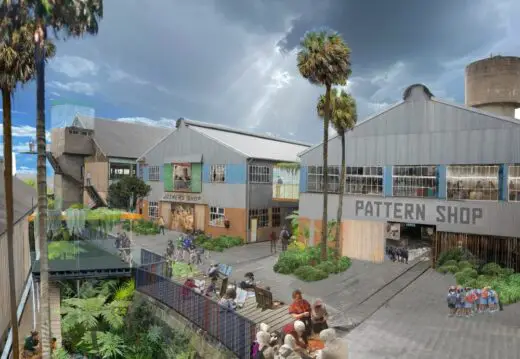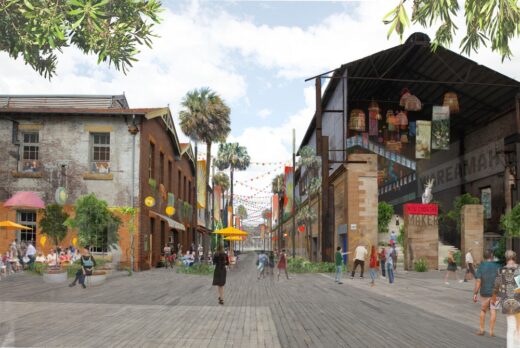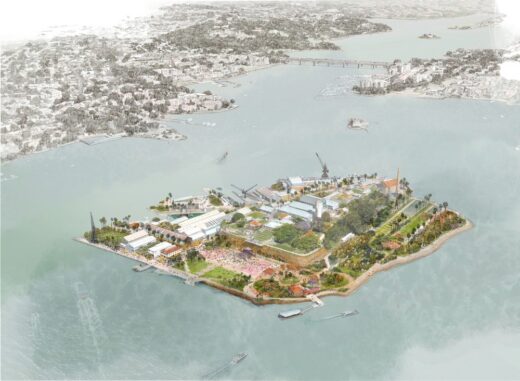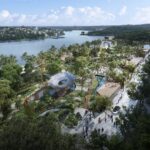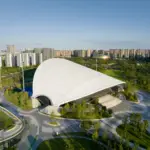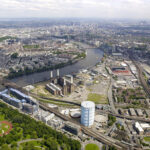Cockatoo Island / Wareamah Concept Vision, Sydney Masterplan, NSW Landscape Design, Australian Images
Cockatoo Island / Wareamah Concept Vision in Woolwich, NSW
25 May 2022
Design: Breathe Architecture
Location: Woolwich, Sydney, New South Wales, Australia
Renders: Mark Gerada
Cockatoo Island / Wareamah Concept Vision, NSW
The Cockatoo Island / Wareamah Concept Vision was developed in 2021 for the Sydney Harbour Federation Trust [SHFT], to outline a new future for its ongoing restoration and regeneration. The vast nature of the island and the many precincts means that it is likely to be delivered in several stages over the coming decade. It is a complex place with many supporters and stakeholders which has a special place in the minds of many in Sydney and around Australia.
The island is the largest in Sydney Harbour, and has a long and multilayered history as a convict prison, a school, a naval ship building yard and now as a major public gathering place. Cockatoo Island / Wareamah is the geographic pivot point in Greater Sydney. At the heart of Sydney Harbour, linking Sydney’s ‘global city’ to the dynamic growth of Parramatta and beyond to Western Sydney.
The Trust has moved over recent years to rectify the missing narrative of the First Nations connection to the island. These changes respond to these changes in approach and in the telling of the stories of the place. Cockatoo Island / Wareamah remains a place of significance to First Nations Peoples from Sydney and other regions, believed to be a sacred women’s place. It holds a significant geographic position in Sydney Harbour — at the mouth of the Parramatta and Lane Cove Rivers, intersecting with multiple First Nations. It is a unique place not exclusively associated with one particular clan group, but rather a place visited and used by many.
Another ambition of the project was to invigorate Cockatoo Island / Wareamah with a renewed focus as a place for all types of people, and particularly local Sydney residents to enjoy more often — no longer seen as a place visited ‘once in 1000 days’ for a concert, art event or a weekend of camping. It should be a site with more to offer for all ages and abilities, with a variety of things to do, with a more flexible public domain, increased greening and a greater integration of interpretive and original heritage layers.
What was the brief?
In May 2021 the Harbour Trust unveiled an ambitious concept to transform Cockatoo Island/Wareamah into a reinvingorated public place and unique heritage destination, ensuring this significant historical place remains open and accessible for future generations.
Cockatoo Island/Wareamah connects to the waterways and homelands of the Wullumedegal, Wangal, Cammeraygal and Gadigal people. A fundamental baseline for the project is Connecting to Country, to revitalise the First Nations story and connection to the island, making them apparent and visible to all visitors. As a studio, Turf has been widely engaged with Connecting to Country design processes, experiencing a rapid increase in projects engaging with First Nations and place across NSW.
The Draft Concept Vision draws from the Island’s complex and layered indigenous and colonial past with new ideas and ambitions used to increase both public use and sustainability.
The 2021 Vision follows on from recommendations in the 2020 Independent Review of the Harbour Trust, which highlighted the need for a masterplan for the future of Cockatoo Island.
What were the key challenges?
Over 50% of the island is currently hard surface, with many large areas of unshaded asphalt and concrete providing low amenity for visitors. A significant increase in rewilding and greening of the island is planned using endemic species to increase flora and fauna habitat on the island, better connecting to metropolitan Sydney’s ‘Green Grid’.
Strategy Development
Due to the tight project timeline dictated by the clients, a highly iterative approach was developed, whereby Turf used drawings, research, precedents and quick turnaround illustrated perspectives to convey the possible future scenarios. Working with Mark Gerada, conceptual ideas were able to be developed early in the process that was of great benefit to the client project group, the SHFT board and community committees. This approach provided a real and tangible understanding of what could be possible on the site, to assist in community engagement processes that followed. Many of these images were included in the final report, and become the strongest feature of the vision. The strategy had four key plank and reflective of the NSW Public Spaces Charter, the principles focus on delivering a future vision through the following pathways:
— Reconnecting
— Repairing
— Repurposing
— Renaturing
Making new experiences in existing public spaces and buildings through rethinking and reimagining activities will strengthen the purpose of the island as a significant regional, national and international destination. Compressing and consolidating some activities will encourage an improved feeling of place, as well as increased levels of activity and community on the island.
How is the project unique?
First Nations — Connecting With Country & Water
Working with Cox Inall Ridgeway, a strong framework was developed so that connections with Country informs the planning, design, and delivery of projects on the site, with this approach embedded front and centre over the long-term of the masterplan. This approach ensures that the policy settings are well established prior to more detailed design development. Connection to Water is just as significant as it is the land, and there are a few points to physically connect with the harbour even though it is surrounded by water. Bringing new salt water connection to the island is a key driver in the Concept Vision.
Increased Green
Working within the context of a highly altered landscape, special focus was placed on increasing biodiversity, tree canopy, endemic plantings and site permeability, whilst taking a measured and considered approach to preserving heritage settings and contemporary uses.
Increased Play
Two regionally significant play spaces were suggested in the Concept Vision, to make better use of some of the spaces on the site, but to also provide additional ‘everyday’ attractors for the greater city that always has high demand for innovative and site specific play. These spaces were added to help drive repeat visitation by families and increase awareness of the other layers and activities on the island. These play spaces provide great opportunity to use spaces that are currently under-utilised.
The Creative Precinct in the maritime industrial area will be retained with improvements to public domain, landscape and foreshore areas, with a laneway at it’s heart, celebrating creativity and artistic excellence with a focus on indigenous art, music and dance.
Cockatoo Island / Wareamah Concept Vision, NSW – Building Information
Architecture: Breathe Architecture – https://www.breathe.com.au/
Project size: 180000 sqm
Site size: 180000 sqm
Lead Consultant: Turf Design Studio
First Nations Strategist: Cox Inall Ridgeway
Illustrations/Artist: Mark Gerada
Images: Mark Gerada
Cockatoo Island / Wareamah Concept Vision images / information received 250522
Location: Sydney, New South Wales, Australia
New Architecture in Sydney
Contemporary Sydney Buildings
Sydney Architectural Designs – chronological list
Sydney Architecture Walking Tours by e-architect – tailored NSW city walks
Sydney Modern Project
Architects: Kazuyo Sejima + Ryue Nishizawa / SANAA
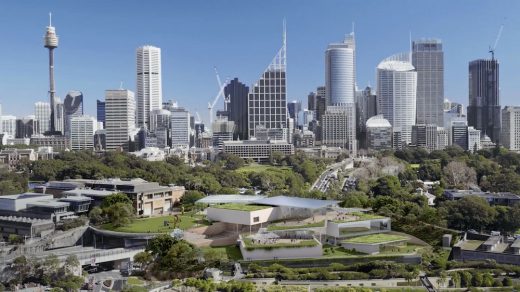
image © AGNSW
Sydney Modern Project Art Museum Building
Brookfield Place Sydney
Design: Make Architects
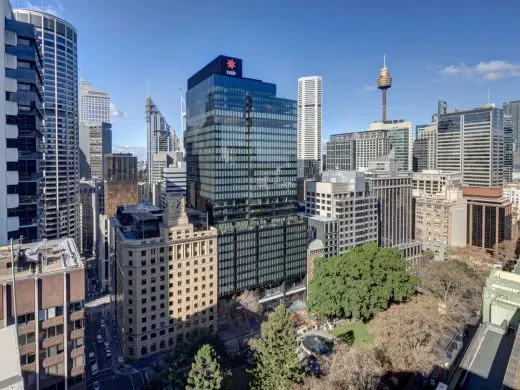
photo : Brett Boardman
Brookfield Place
NSW Architecture
Macquarie University’s new central courtyard, Balaclava Road, Macquarie Park, NSW 2109
Architects: ASPECT Studios and Architectus
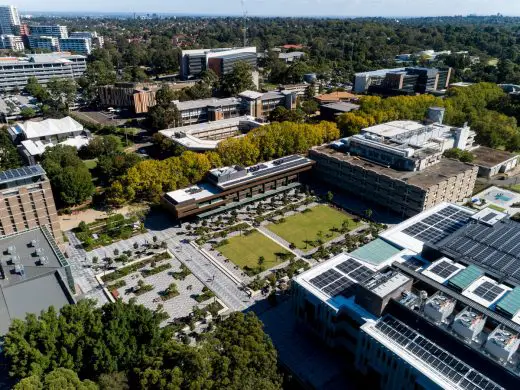
photo : Brett Boardman
Macquarie University new central courtyard
African Savannah, Taronga Zoo, Bradleys Head Rd, Mosman, NSW 2088
Architects: Tonkin Zulaikha Greer
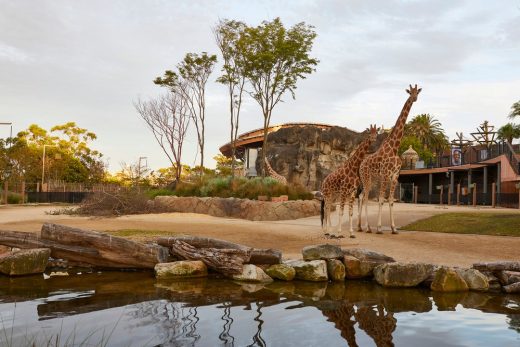
photos by Martin Mischkulnig and Tim Shaw
Taronga Zoo African Savannah
Comments / photos for the Cockatoo Island / Wareamah Concept Vision designed by Breathe Architecture page welcome

